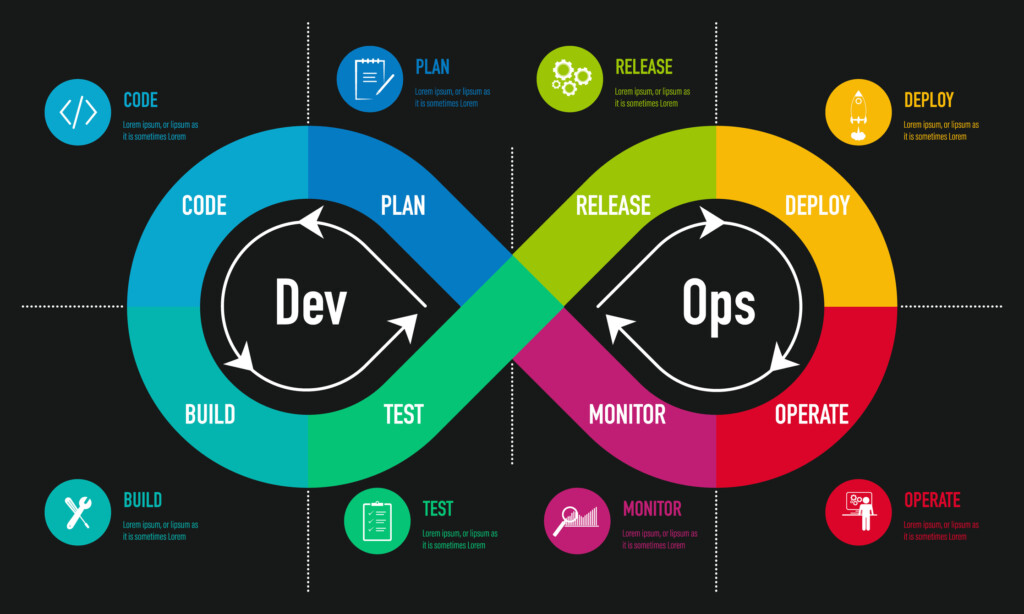
Successful Web Project Management: 9 Series kickoff
Table of Contents
Web Project Management is a complex network of different pieces working together to deliver a set piece of work within a timeframe and a budget. To bring these digital developments to life, you need the ability to adapt to changes, creativity, and technical expertise.
I decided to create a 9 part blog series that explores the essential aspects of effective web project management. Think of it as your roadmap to project success, whether you’re a seasoned project manager or someone new to the world of web development.
As this is our first post, I will outline the areas we will cover and summarise them to, hopefully, whet your appetite for weeks to come.
We will start our series by setting clear project goals that are clear, timely and realistic. Project goals provide direction and purpose, ensuring everyone on board knows where you’re headed. These can also be extremely useful to have as your mantra as you move along with the project to ensure no one loses sight of the project’s purpose. Setting goals needs to take into account our web project management requirements, web design objectives, web development functionality, technology and ways to measure our success.
Post 2: Scoping and defining web project scope
Next, we’ll delve into scoping and defining project scope—a critical step to avoid the infamous “scope creep.” This is akin to drawing the boundaries of your adventure, marking what’s in and what’s out. We will cover scope creep, the importance of transparent communication in web project management and potential risks to look out for along the way.
Post 3: Identifying stakeholders and their roles
Gathering the right team and understanding each person’s role is crucial. Each member brings unique skills and expectations, and knowing who they are ensures a smooth voyage. In this post, we will cover key roles you need to ensure a smooth project and tips on communicating and managing different roles within your team. We will look at examples like our latest Orbus project, where having clearly defined roles ensured everyone felt heard and up-to-date with project progress.

Post 4: Establishing a communication plan
Smooth sailing in the world of web project management requires clear communication. Our fourth post explores establishing an effective communication plan—a vital tool for keeping everyone on the same course, regardless of the stormy seas. We will also review a few web project management tools, such as Jira and Asana.
Post 5: Creating a project timeline
Time is money, and running a web project within the expected time can make or break client relationships. In our fifth post, we’ll delve into creating a project timeline and how well-defined milestones and deliverables can help us through.

Post 6: Resource allocation and team formation
Your ship is only as strong as its crew. This post will look at resource allocation, the different roles needed to run a project efficiently and how best to assign and manage the workflows with different team members to ensure a harmonious journey.
Post 7: Risk assessment and mitigation
Not everything will happen according to your plan, and that’s ok. In post 7, we will discuss risk assessment and mitigation and how to prepare for and navigate challenges effectively whilst understanding potential risks and effectively communicating with the client.
Post 8: Client engagement strategies
A successful project requires engaged stakeholders. Post eight explores client engagement strategies to keep your clients actively involved and satisfied throughout the journey.
Post 9: Post-project evaluation
Just because the project is finished, it doesn’t mean the work is over. One of the most crucial steps of the process is the post-web project management evaluation. What went well? What could have been better? By learning from your experiences, you ensure smoother voyages in the future. You can read a bit more about Ronins’ approach and focus on improvement and pushing our work in this blog article.

With this roadmap in hand, we’re ready to begin our series of posts, guiding you through the complex world of web project management. Stay tuned for the first post next week as we dive into the art of setting clear project goals—a crucial step toward project success.
